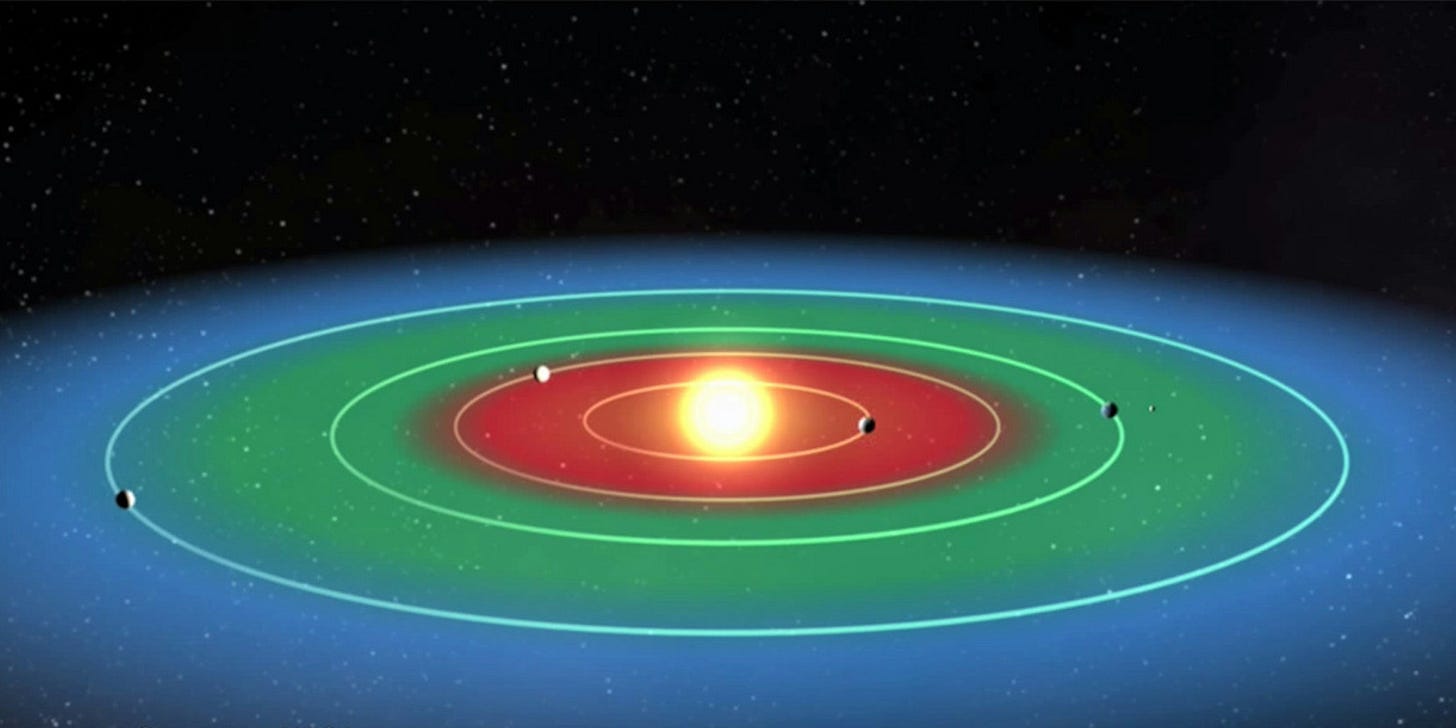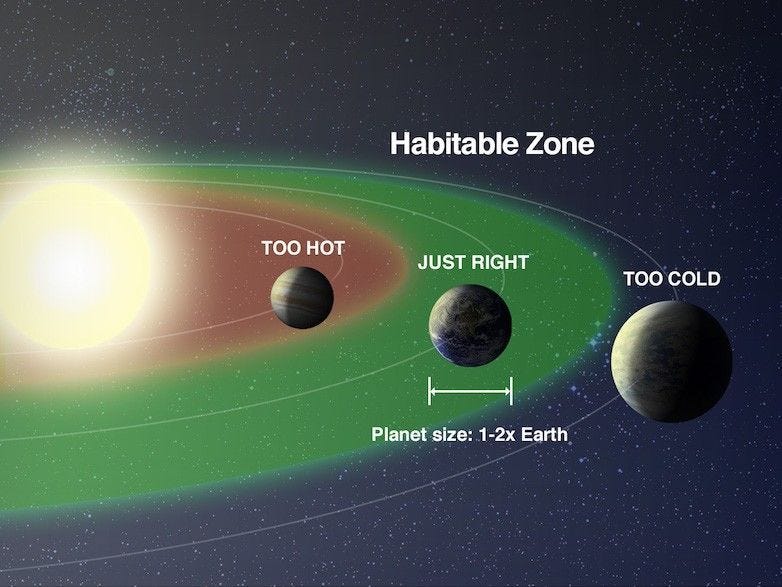Creative Processes for Dream Teams
Why Creative Processes Are Crucial (And How to Make Them Fun!)
Brand Runner is a newsletter talking about creative productivity and how to build stand-out brands. Subscribe to get brand insights straight to your mailbox👇.
Hi there!
Here is a post I am long overdue: processes. Most people hate that word as it invokes a very boring part about their work that does not involve getting ahead of the work, and also because… everyone hates processes. People would rather spend more time doing than talking about processes. But guess what? It is a quintessential part of being creatively productive.
In this stack, I will talk about proven techniques I use daily to manage the production teams here at monday.com. In short, processes help fight doubts and procrastination. Let’s dig in. Because when used right, they can be engines of creativity and enable your creative team to go to the next level. Let’s see why it’s important and how to achieve this
The Creativity Paradox: Balancing Spontaneity and Structure
At the heart of every creative marketer's workflow lies a paradox - the need for both unbridled creativity and consistent, reliable processes. It's a delicate dance between the wildly spontaneous and the meticulously structured. Think of Pixar's creative process as an example. Their films exude imaginative brilliance, transporting viewers to fantastical worlds. Yet, this creativity is enabled by an incredibly rigorous development pipeline involving storyboarding, critique sessions, and iteration after iteration. Or consider Apple's product launches - highly choreographed affairs with tightly scripted presentations. Seamless execution belies the creative energy and countless man-hours poured into crafting these keynote experiences. So how do creative teams crack this creativity paradox? By finding what in astrobiology is called the "Goldilocks Zone" - not too loose, not too rigid, but just the right balance of structure and spontaneity.
The Activation Energy Sweet Spot
Think of creative processes like the energy barrier chemists call the "activation energy." Too low, and ideas fizzle before execution (the freelance creative's curse). Too high, and the bureaucracy smothers the creative spark (the corporate creative's lament). The greats strike a balance. Google famously allowed engineers to spend 20% of their time on personal projects, providing just enough structure to channel their creativity productively (hello, Gmail!).
First Principles Tailoring
But processes can't be set in stone. They must continuously evolve based on first principles, identifying the core desired outcomes and rebuilding workflows around them. Take Warby Parker's vertical integration model.
By controlling the entire production process, they optimized for speed and efficiency - a radical rethinking that disrupted the traditional eyewear industry.
The Map ≠ Territory Mindset
The “Map Is Not the Territory" is a mental model, that suggests that our “maps” are not a true representation of reality (the territory). They are, in fact, simplified versions of what's out there, distorted by our own beliefs and experiences.
Ultimately, processes are guides, not gospels. They inevitably break down in the messy reality of execution. Not only because not all processes are perfect, but because no two processes are the same. The most innovative teams recognize this and adapt nimbly.
Imagine if Dyson stubbornly followed existing vacuum design processes instead of relentlessly rethinking from first principles. We may never have seen their game-changing cyclonic separation technology. For creative marketers, the path is clear - design processes purposefully, tailor them continuously, and be willing to rewrite the map when the terrain changes. That's how you'll crack the creativity paradox in your own workflow.
The Double-Edged Sword of Creativity
At the end of the day, creativity thrives on freedom and spontaneity. A creative duo needs the time and space to vibe create, and emulate in order to output their best ideas.
But a lack of process can lead to chaos, delays, and burnout. Realizing, that maybe the concept does not exactly fit the needs, or is not realistic within the timeframe. At the same time, processes can be blockers for creativity. When the attention shifts to the steps and task list, context switching inevitably sucks out the creative juice and can exhaust the team
Therefore finding the balance is key to sustainable creative output.
Benefits of Defined Creative Processes
The operational process/workflow should serve the creative process and not the other way around. It should:
Provides a framework for ideation and execution
Enhances collaboration and communication
Improves time management and productivity
Allows for iteration and continuous improvement
The team needs to agree to it.
Why
Like Simon Sinek says, starts with why you’re doing it. A great idea is nothing without a purpose. So the first step is to define why the effort. this can be a short statement about a specific aspect of the brand//marketing:
Our ideal customers don’t know us and don’t know how to find us.
What are we trying to achieve?
This can be:
Increase brand awareness among our target audience.
Generate qualified leads who are a good fit for our product/service.
Drive traffic to our website/platform.
Establish ourselves as a thought leader in our industry.
Increase engagement with our target audience
How?
How do we reach what are set to achieve? This can be
Develop a multi-channel content strategy including blog posts, social media, videos, and email marketing.
Optimize our website and content for search engines (SEO).
Actively participate in relevant online communities and forums.
Run targeted advertising campaigns on social media and search engines.
Collaborate with influencers and other industry partners.
Offer valuable free resources (e.g., ebooks, webinars, templates) to attract leads.
How do we want to do so (what do we want to do)?
Authentically: By sharing genuine insights and building real relationships.
Creatively: By using engaging formats and storytelling techniques.
Strategically: By aligning our content with the customer journey and business goals.
Consistently: By maintaining a regular publishing schedule.
What is the expected result?
Measurable increase in website traffic, social media engagement, and lead generation.
Improved brand perception and customer recognition.
Higher conversion rates and sales growth.
Who owns what?
For clarity, avoid double work, make sure people are not stepping on each other’s feet, and make sure there are not too many cooks in the kitchen, it is mandatory to make sure that it is very clear who owns what, who is the key decision maker, and who decides on what. In the context of a marketing campaign, it can be:
creative owner
project manager
media/campaign manager
designer owner
What’s the timeline (priorities)
This helps define what the critical path is, the milestones without which nothing can move forward.
Putting here something I created called the 3-min creative brief generator. It’s a form template to get you started, and its’s FREEEEEEEE🥳, so feel free (pun intended) to duplicate and use in your stack. It integrates directly with Notion if you use Notion or download the pdf).
Making Processes Fun and Engaging
Gamify aspects of the workflow with rewards/challenges
Incorporate creative exercises and brainstorming sessions
Use visuals, colours, and engaging tools (e.g. monday.com, Trello, Miro)
Celebrate process milestones and creative wins
Ideation Phase
Techniques for structured brainstorming (e.g. mind maps, SCAMPER)
Tapping into diverse perspectives and inspirations
Separating ideation from evaluation for maximum creativity
Planning and Organization
Breaking down projects into manageable phases
Assigning roles, responsibilities, and deadlines
Tools for task management and team coordination
Execution and Feedback Loops
Rapid prototyping and iterative development
Incorporating feedback from stakeholders and audiences
Continuous improvement and version control
Examples of Effective Creative Processes
Case studies from leading creative agencies/studios
How processes enabled award-winning campaigns
Testimonials from creatives who "cracked the code"
Customizing Your Creative Workflow
Assessing your team's strengths, weaknesses, and preferences
Adapting processes to fit your unique creative needs
Encouraging team input and buy-in for successful adoption
By combining structure with engaging elements, you can design creative processes that foster innovation while maintaining efficiency and productivity. The key is finding the right balance for your team.
For more on systems and creative productivity, here are a few articles you might find relevant:
Thanks for reading!
Connect with me on LinkedIn
Please drop a comment below, let me know your take 👇, and subscribe here.
Listen🎙️ to the Brand Runner podcast on:












